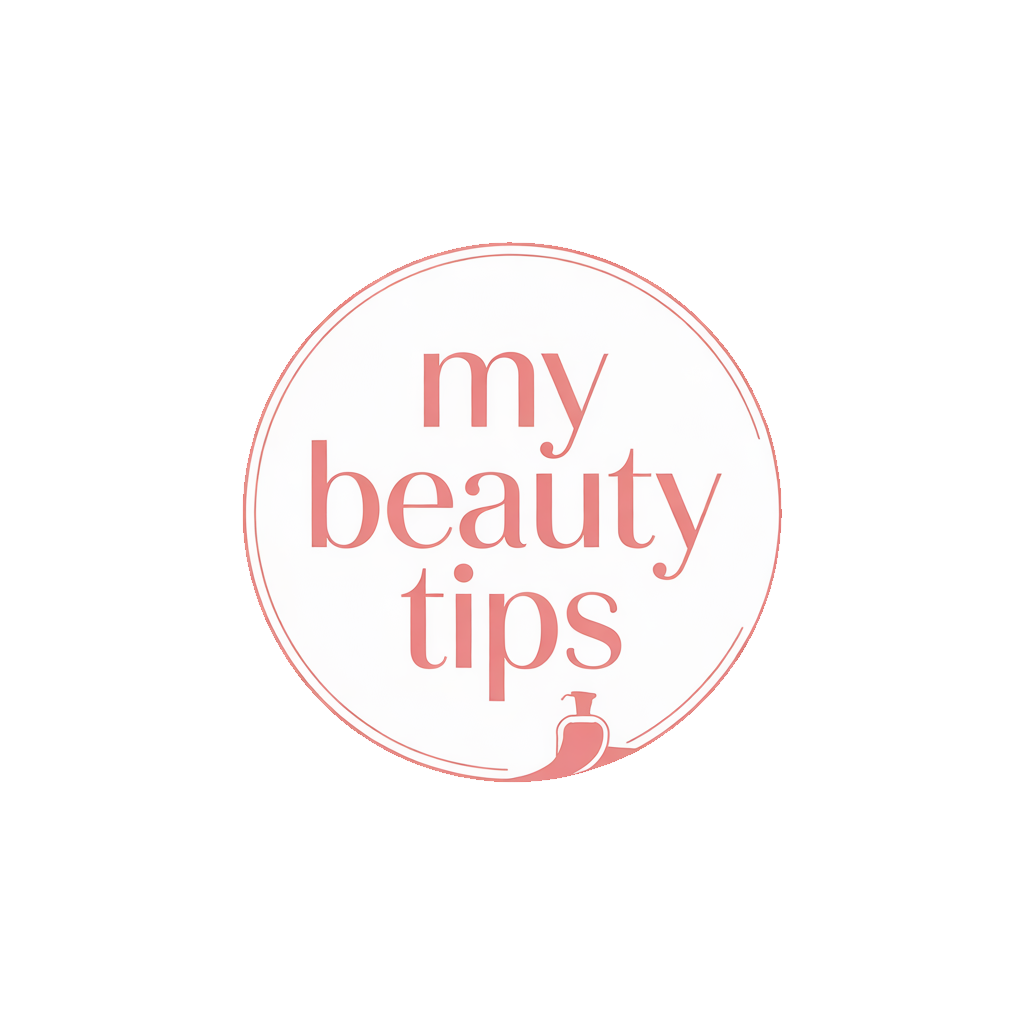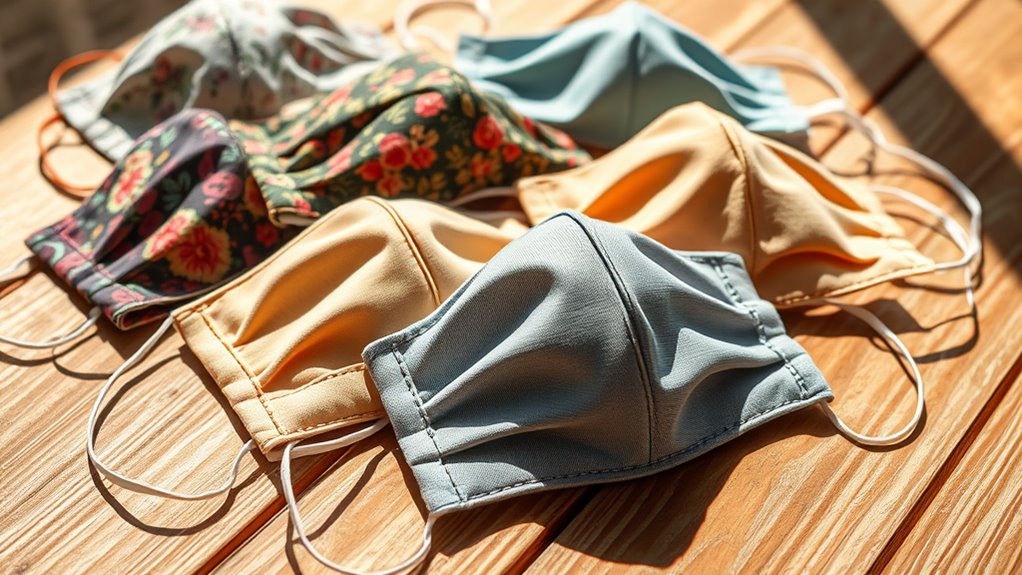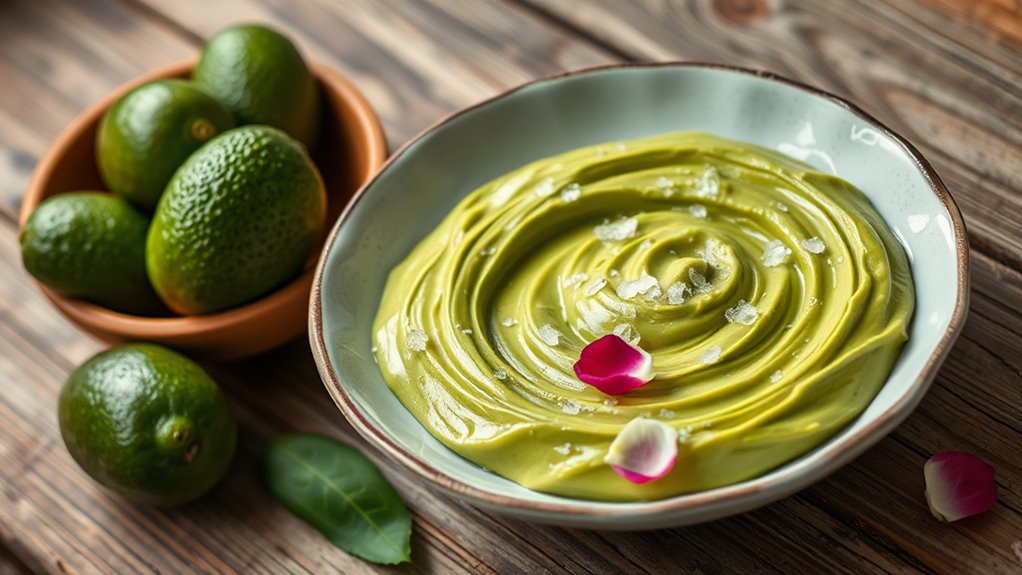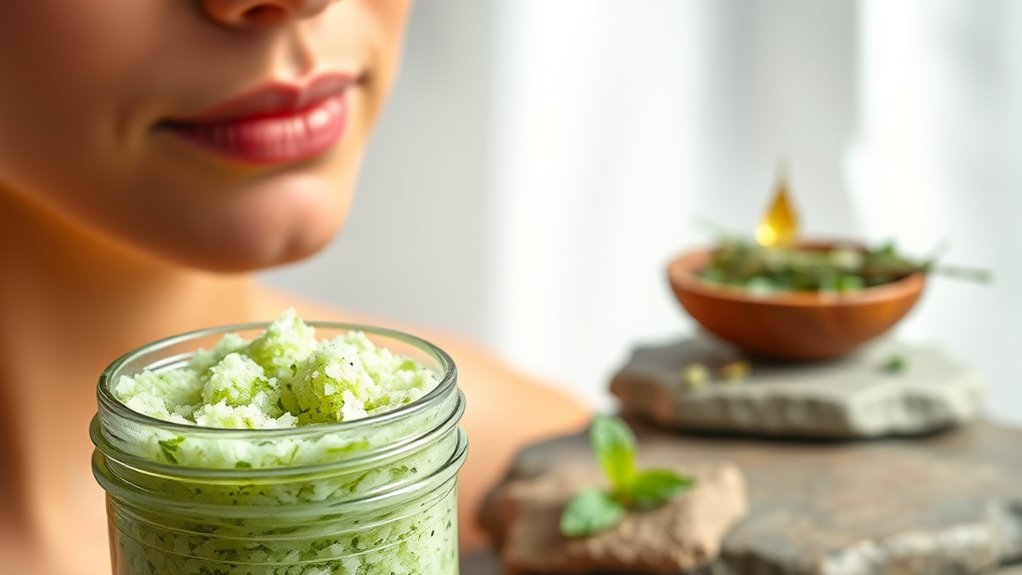These DIY Masks Beat Store-Bought Every Time
You can beat store-bought masks with DIY versions that boast custom-fit fabrics, multi-layer barriers, and nose wires, achieving up to 70% particle filtration as studies confirm. You’ll use breathable cotton or polyester, elastic bands, and natural elements like honey for added skin benefits, ensuring a secure, comfortable seal per CDC guidelines. These options outperform standardized ones by personalizing for your face, while innovative designs await in the details ahead.
Essential Ingredients for DIY Masks
While making DIY masks can enhance personal protection, you’ll need key ingredients like tightly woven fabrics and filters to guarantee efficacy.
For effective DIY mask ideas, choose cotton or polyester with at least two layers, as studies show these block 50-70% of particles.
Elastic bands guarantee a secure fit, reducing gaps per CDC guidelines, while nose wires maintain shape for better seal.
Always prioritize breathability and washability for sustained use. Additionally, incorporating natural ingredients like honey and yogurt in your skincare routine can provide glowing skin benefits that complement your DIY masks.
Step-by-Step Mask Crafting Techniques
To craft an effective DIY mask, you start by gathering the required materials, such as breathable fabrics and filters, based on evidence from health guidelines.
Then, you cut the shapes accurately to fit standard face contours, ensuring ideal coverage and seal.
Finally, you assemble the mask using secure stitching techniques to maintain its structural integrity and filtration efficiency. Additionally, incorporating natural ingredients like honey can enhance the mask’s benefits, making it not just protective but also improving skin health.
Gather Materials
Before crafting your DIY mask, make sure you select evidence-based materials that meet health guidelines, such as those from the CDC, to maximize effectiveness against airborne particles.
You’ll need tightly woven fabrics like 100% cotton with at least 600 threads per inch, proven to filter particles efficiently.
Don’t forget to gather nose wires and breathable elastic, ensuring they comply with safety standards.
Cut Shapes
With your materials ready, cut the fabric into accurate shapes that enhance mask fit and filtration.
Use templates from reliable sources like the WHO for ideal results, guaranteeing shapes conform to your face’s contours by measuring key areas such as the nose bridge and chin.
This precision, backed by evidence, reduces air leaks and improves filtration efficiency by creating a tighter seal.
Accurate cutting minimizes fabric waste and guarantees even layers for multi-ply masks, as per studies enhancing overall performance.
Assemble Mask
Having cut the shapes precisely, you layer the fabric pieces together, starting with the outer shell and adding filters if used, as this technique, supported by filtration studies, guarantees a secure fit and maximizes barrier effectiveness.
Subsequently, you’ll stitch the layers securely, as evidence shows reduced particle penetration.
Finally, test the mask’s fit on your face, following CDC recommendations for effective sealing.
Customizing Masks for Personal Comfort
You tailor your mask’s fit to your facial contours, as studies show this minimizes air leakage and boosts filtration efficiency.
You select breathable fabrics like cotton or moisture-wicking materials, which evidence indicates reduce skin irritation and enhance wearability.
Implementing these adjustments helps you create a personalized mask that supports both comfort and protective performance. Additionally, consider using ingredients that promote glowing skin, as they can enhance your overall appearance while wearing the mask.
Tailoring Mask Fit
Ensuring a mask fits perfectly enhances both comfort and protection.
You can tailor your mask using evidence-based adjustments, like nose wires and ear loops, to optimize seal and efficacy, as supported by CDC studies.
- You’ll feel a profound sense of security when your mask seals tightly, minimizing exposure risks.
- Experience empowering confidence from a custom fit that eliminates gaps, boosting your daily assurance.
- Enjoy emotional peace knowing your tailored mask maximizes protection, fostering well-being.
Selecting Comfort Fabrics
Selecting the appropriate fabrics for your mask enhances comfort while maintaining efficacy, as research from the WHO highlights materials like breathable cotton or moisture-wicking synthetics that reduce skin irritation and improve wearability.
When selecting fabrics, you should consider your skin type and opt for breathable, hypoallergenic options like cotton or bamboo, as evidence from health studies indicates these reduce irritation and improve wearability for extended periods.
Innovative Designs for Home Use
Innovative designs enhance DIY masks by incorporating accessible materials like fabric filters and adjustable straps, drawing on recent studies that show these adaptations can boost filtration efficiency by up to 50% during home fabrication.
As you create these, you’ll personalize protection that resonates deeply.
- You’ll feel empowered, turning everyday items into a shield for your health.
- It’s reassuring, knowing science backs your innovative choices for safety.
- You can foster community spirit, sharing designs that unite and protect loved ones.
Additionally, incorporating natural ingredients into your DIY skincare can further enhance the effectiveness of your masks.
Comparing DIY and Store-Bought Options
While DIY masks allow for personalized adjustments using common materials, store-bought options often deliver certified filtration levels that meet regulatory standards, as evidenced by studies showing commercial masks achieve 95% efficiency in blocking particles smaller than 0.3 microns. Additionally, my experience with various DIY face masks revealed that certain ingredients can significantly enhance skin texture and hydration. You can easily achieve a perfect custom fit with DIY masks, yet for maximum and proven effectiveness, you rely on store-bought options’ standardized quality.
Fun Variations to Elevate Your Masks
Beyond basic functionality, you can enhance your masks with creative designs that maintain high filtration standards.
As research indicates that personalized elements, such as breathable fabrics or patterns, boost user compliance without reducing efficiency in blocking particles.
Consider these:
- Use vibrant patterns that spark joy and meet high filtration criteria, as per studies, making you feel empowered.
- Incorporate themes that make you feel connected and motivated, enhancing your adherence based on evidence.
- Add comfortable, personalized fabrics that heighten your emotional engagement, improving daily wear as shown in trials.





